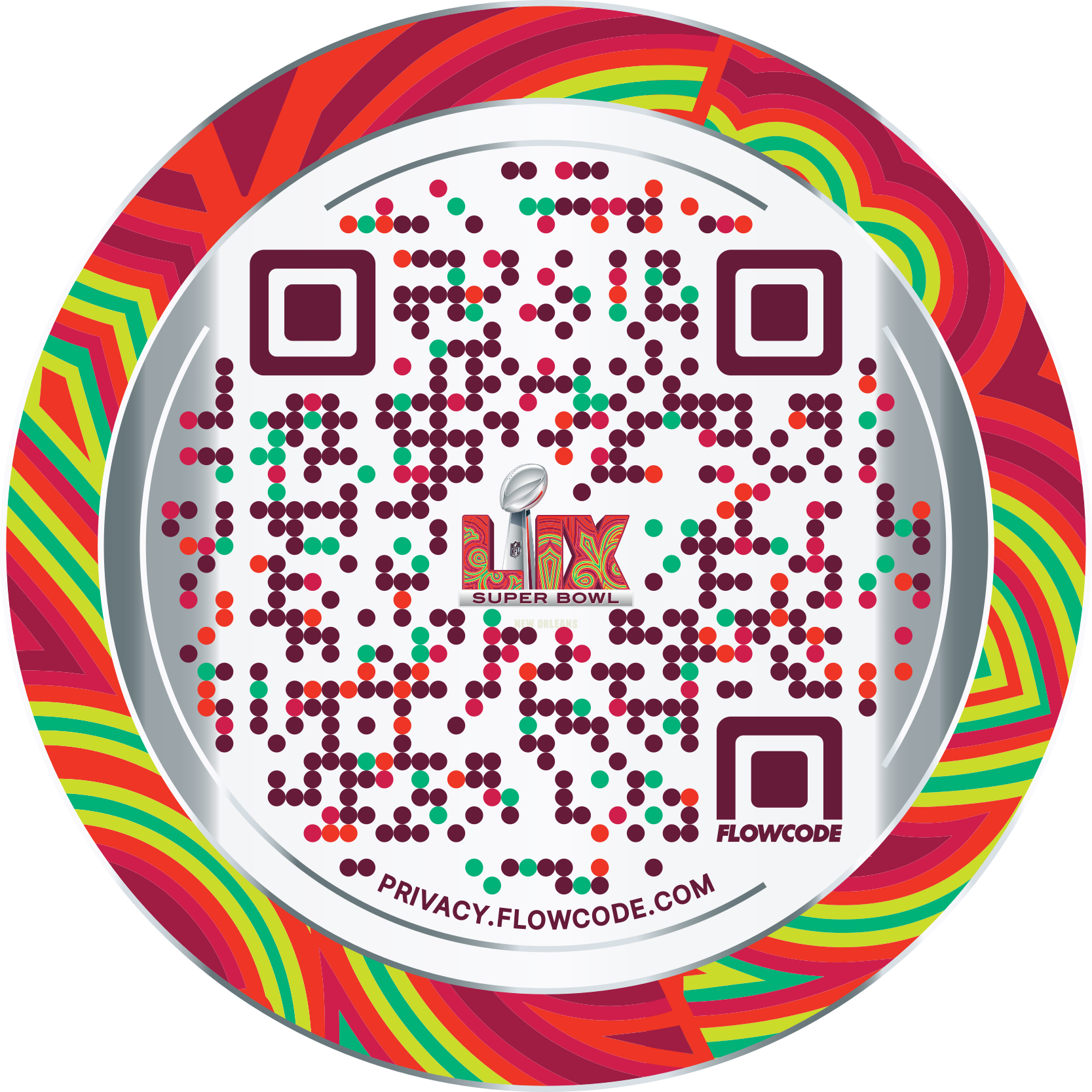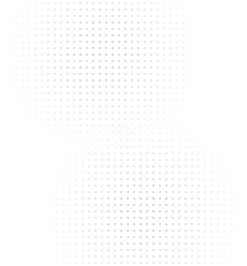Creator Spotlight: Unstationery Re-Thinking Greeting Cards


Flowcode creator spotlight showcases the talents and skills from our community. Today, get to know Michael Cameron. He's the founder of Unstationery, a company merging augmented reality with greeting cards. Yup, you read that right.
Hey Michael, thanks for taking the time to chat. Needless to say, we have a TON of questions — could you first tell me about Unstationery?
Unstationery is a startup that prints videos.
Recently, we launched our online store. In our store, you can print videos on personalized cards and send them anywhere in the US. All you need is an internet connection and a video you’d like to send. We handle the rest.
Unstationery is perfect for special occasions like holidays, weddings, and birth announcements. Many of our customers use it to hold important memories outside of their phones like a sentimental video of the old family, for example. We also help our business clients retain customers and find new ones. We’ve printed everything from thank you cards to conference handouts. In some cases we even do custom development, but printing videos is what we do best. It’s been a lot of fun seeing the creative ways customers use our tools.
Your products are so innovative — how did you start your business?
This is a long story, but bear with me:
A few years ago, my father had a series of heart attacks. The doctors said he needed double bypass heart surgery. I was really worried, so I flew back to Atlanta, which is where I grew up and where he still lives. Leading up to that trip, I devoured every book, article, and video I could about the heart and heart surgery. I wanted to learn everything about it. There was one book my med-school friends recommended that stood out from everything else: RAPID INTERPRETATIONS OF EKGS. It’s about how the heart functions and what we can determine by looking at EKGs; you know, those little graphs you see on TV that show how the heart is beating. I learned a lot reading that book. I was obsessed with it. It’s almost like I had this idea that I could help the doctors figure something out or contribute in some way. At the very least, I felt it would prepare me to talk to the doctors and ask questions. I don’t think I helped that much, but I did ask them a lot of questions. I even convinced the cardiologist to give me a copy of my father’s EKGs.
Then it was surgery day. I’ll spare you the details, but there were some pretty scary complications afterwards. Thankfully, after spending a grueling week in the ICU, my father recovered and was discharged from the hospital.
That experience was really heavy for me. I wanted to share it, but talking about it at the time wasn’t easy. So my friend Sean (IG: @ayecrtv) and I decided to make a painting about it instead. He painted an anatomically accurate heart. I created an animation of a heart that matched my father’s EKG and used computer vision to bring the two together. As far as I know, it was the first augmented reality painting. We presented it at an art show in Brooklyn. It drew a crowd of people using their phones to bring the painting to life. They loved it. Indirectly, that was probably where Unstationery originated. After that show, Sean and I collabed on a few more paintings. That evolved into us bringing augmented reality to murals. I had a great time on those projects. I’m pretty sure a couple of our murals in Philadelphia are still active.
After that, I started shooting music videos for artists in LA, which is where I live now. I decided to send those videos on postcards to fans of the artists I was working with. Again, people loved them. “This is the only postcard I keep on my fridge,” they’d say. That’s when my team and I realized that we should start Unstationery. Think about it: mail hasn’t changed much since WW2, but this is something that could make it cool again. We created a way for people to print videos on cards. Traditional mail is boring, but Unstationery isn’t.
That's quite an origin story. Happy to hear your family is doing well and that an innovative product came out of some tough times. Switching gears a bit, your business leverages physical products with augmented reality. How do you see this industry evolving in the years to come? It seems to us that you’re a pioneer in the space.
Thank you. I guess I have been doing this for a while.
Printing videos is what we specialize in right now. But here’s another way of thinking about what we’ve built: we’ve created a way to store information inside of physical objects. In a way, you can think of each Unstationery card as a key that unlocks a specific video. Some of our users are taking advantage of this feature by sharing exclusive content through our cards. I’m interested to see how this idea of storing information inside of objects evolves.
Besides that, I’m also excited about augmented reality glasses because I think they’ll be able to do a lot of things we have to use our phones for currently. Imagine looking at something and being able to pull up an article about it just by staring at it long enough or blinking twice or something like that. No more pulling out my phone to Google; it’s all right there. Or let’s say I want to watch a movie or a game. I don’t need a tv anymore. I can just watch through my glasses on a “screen” floating in front of me.
As interesting as AR glasses sound, I think we’re at least a few years away from the tech being there. Even then, they’ll probably be really expensive and really ugly. But who knows? I know Apple is working on it. Maybe they figured something out to keep the form factor interesting.
It’s really cool to see how you incorporate QR technology into your product — why did you decide to do it?
Personally, I don’t like downloading apps – I’ve got plenty already.
I didn’t want our customers to have to download an app either. That’s why we built everything as a website. Instead of downloading an app, our customers just have to go to our website to bring their cards to life.
So – the question became – how do we get someone who has one of our cards to go to our website? QR codes, that’s how. Thanks to Flowcode, we can learn about what users want through the way they interact with our QR codes. That’s huge for us.
Love to hear it. When did you discover Flowcode and how?
I think I found Flowcode right when we were just getting started about a year ago.
I needed a QR code generator, so I did what we all do: I Googled it. One by one, I started testing the companies that came up on that search. They all sucked. The codes didn’t look good and it wasn’t easy to manage. It was so bad, we were actually considering building our own. Thankfully, we didn’t have to.
We're happy you found us! So, how are you using Flowcode now?
We use Flowcodes to bring customers to our websites. We also use the analytics Flowcode offers to learn more about how users interact with our products. That’s crucial for some of the things we’re working on now.
Flowpage is like a better version of Linktree. It’s so helpful when we want a call-to-action to give users multiple options.
You heard it here first, folks. Have you seen an impact from Flowcode? How have QR codes helped your business?
I don’t know if we’d have the same traction if it weren’t for QR codes. It’s just too difficult to get users to type in a url every time they want to experience our cards.
Yeah, definitely. What’s the most interesting way you’ve used QR codes?
There’s a 45 x 45 ft mural powered by Unstationery in Philadelphia. Scanning a QR code brings it to life. That one’s pretty interesting to see because of how big it is.
Any other exciting projects coming up that we should keep an eye out for?
We’ve got a pretty big update to our online store coming in a month or so. We anticipate a lot of demand this holiday season.
Other than that, we’re in talks with a few household name brands about some exciting projects. Keep an eye on our socials: @unstationeryco
So great talking with you Michael. We know where how we'll be sending our thank you cards from now on.
Connect to unlock a personalized demo


































.png)
















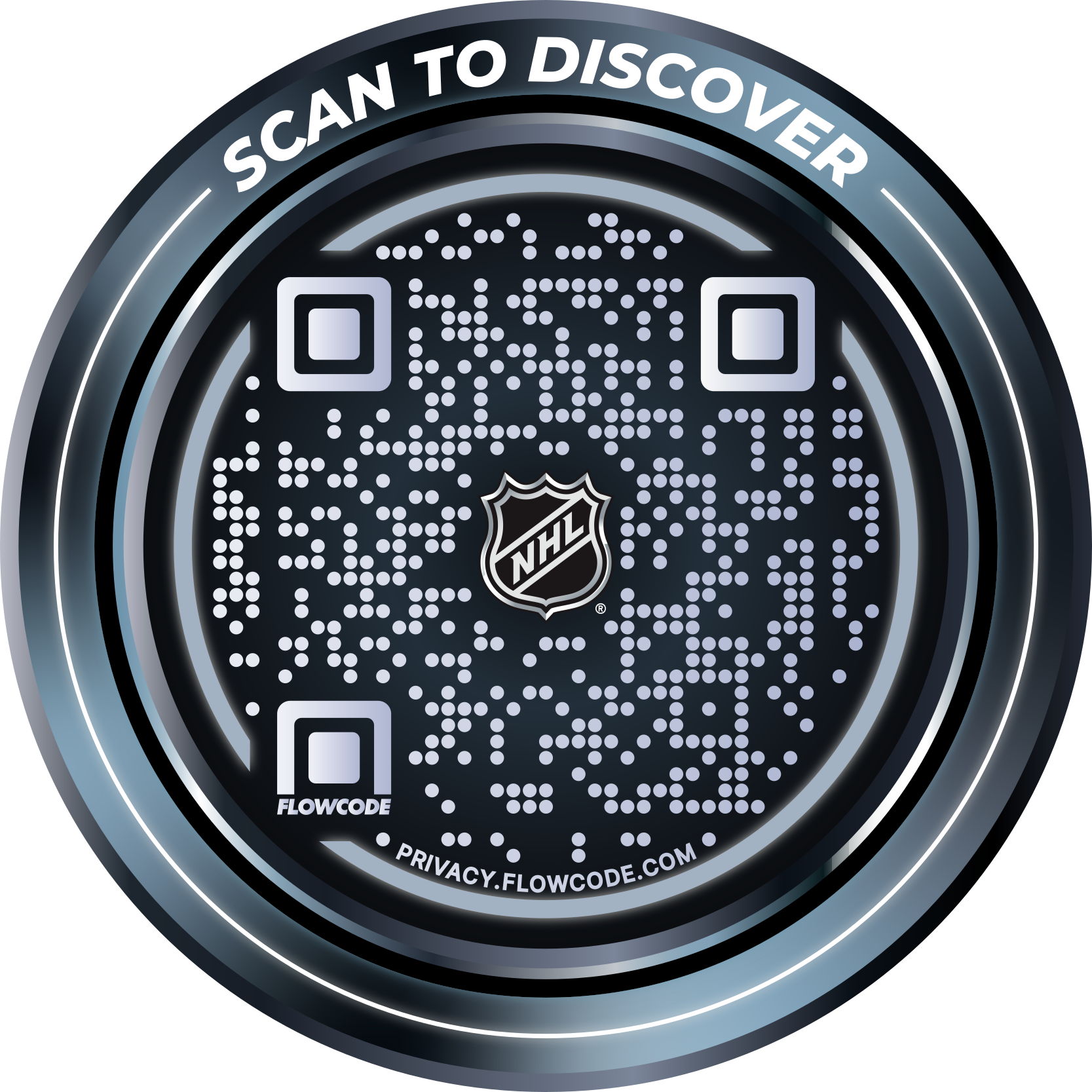
.png)
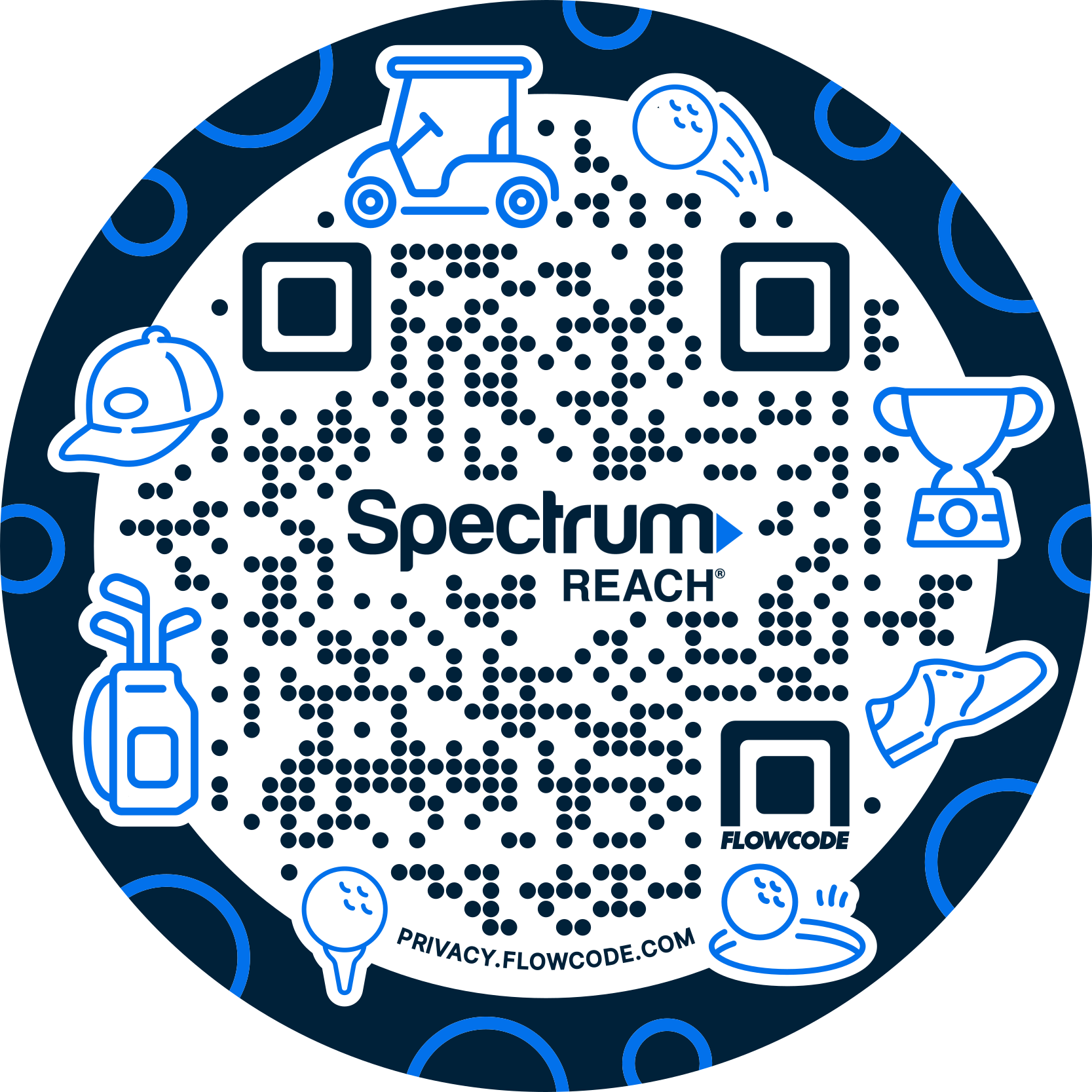


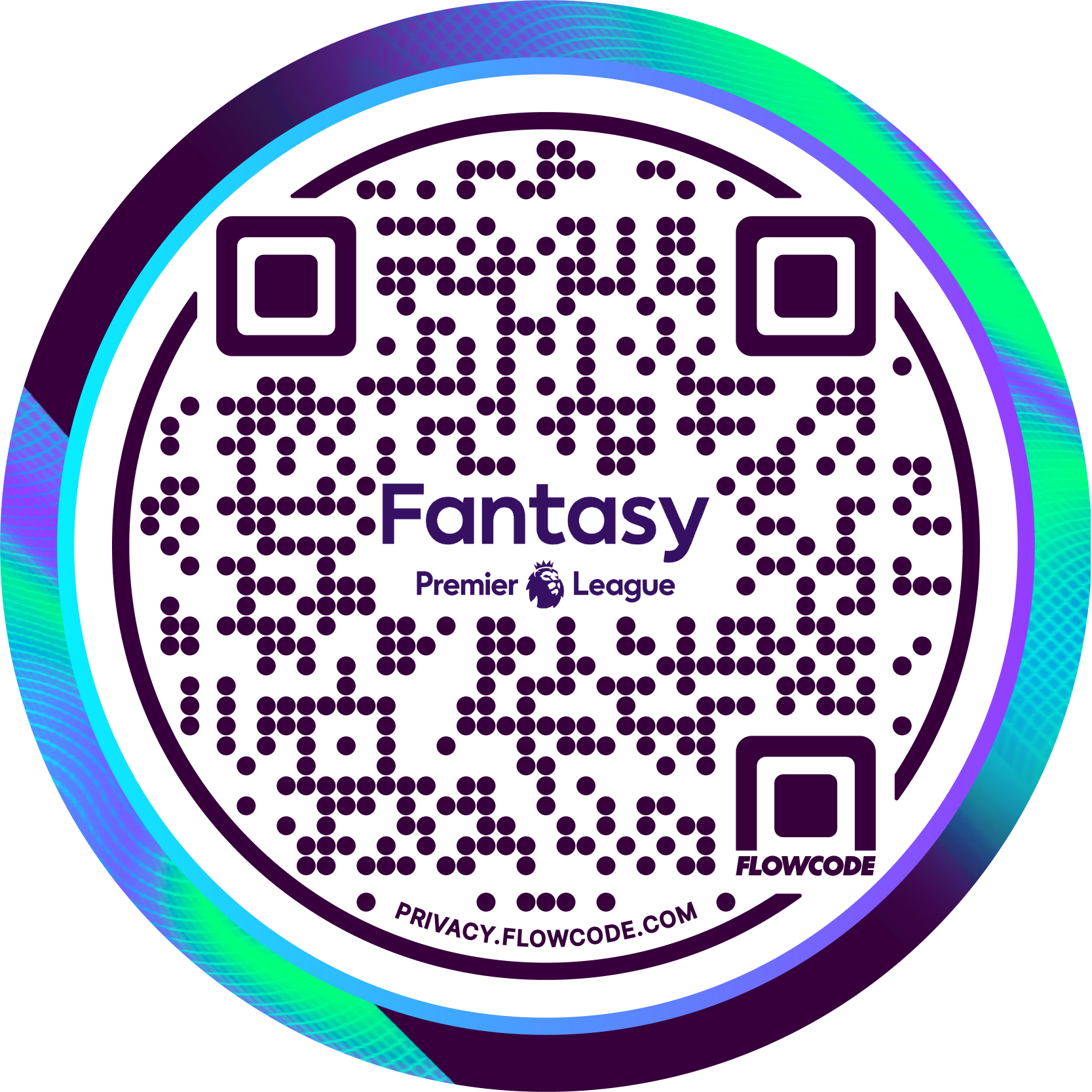
.png)
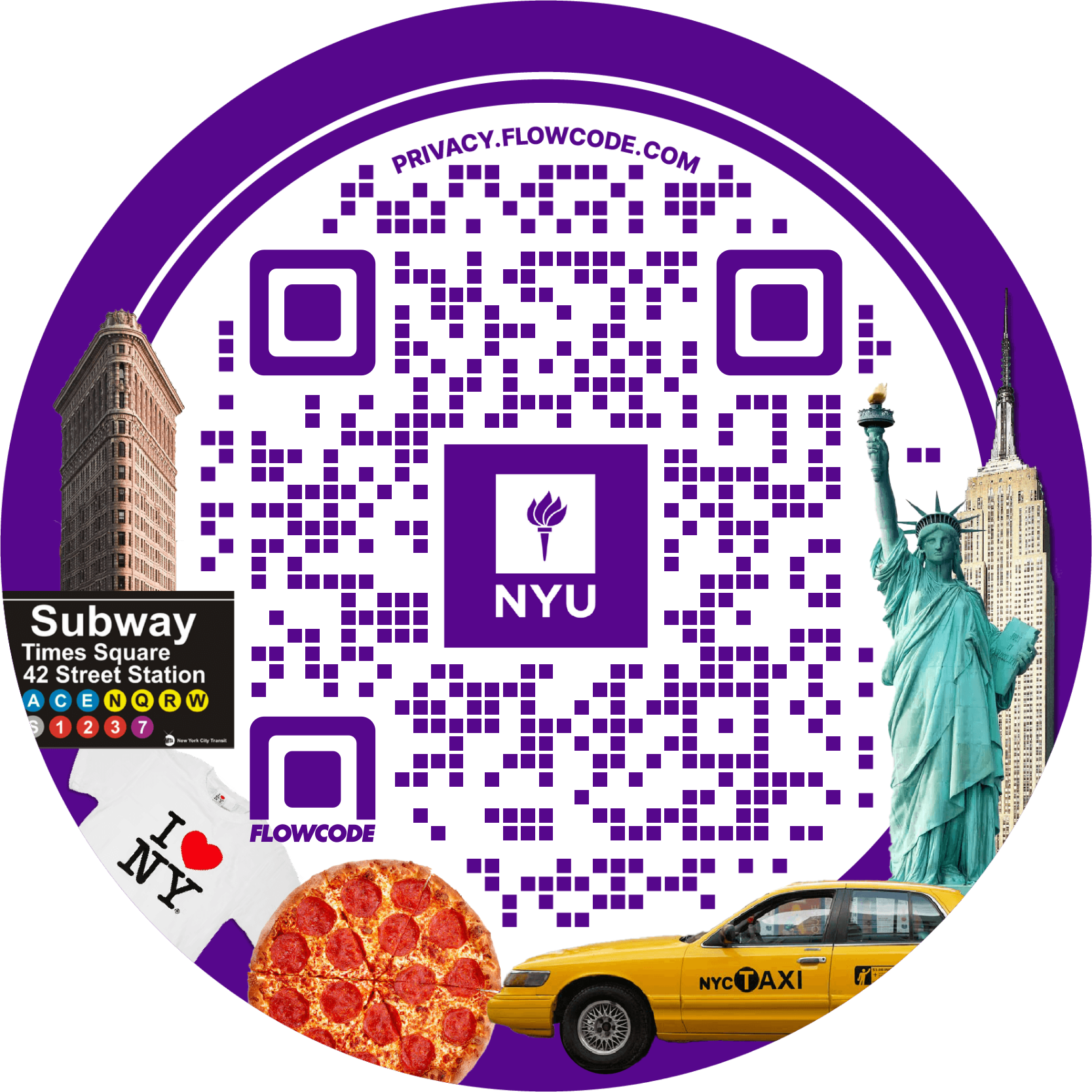
.png)
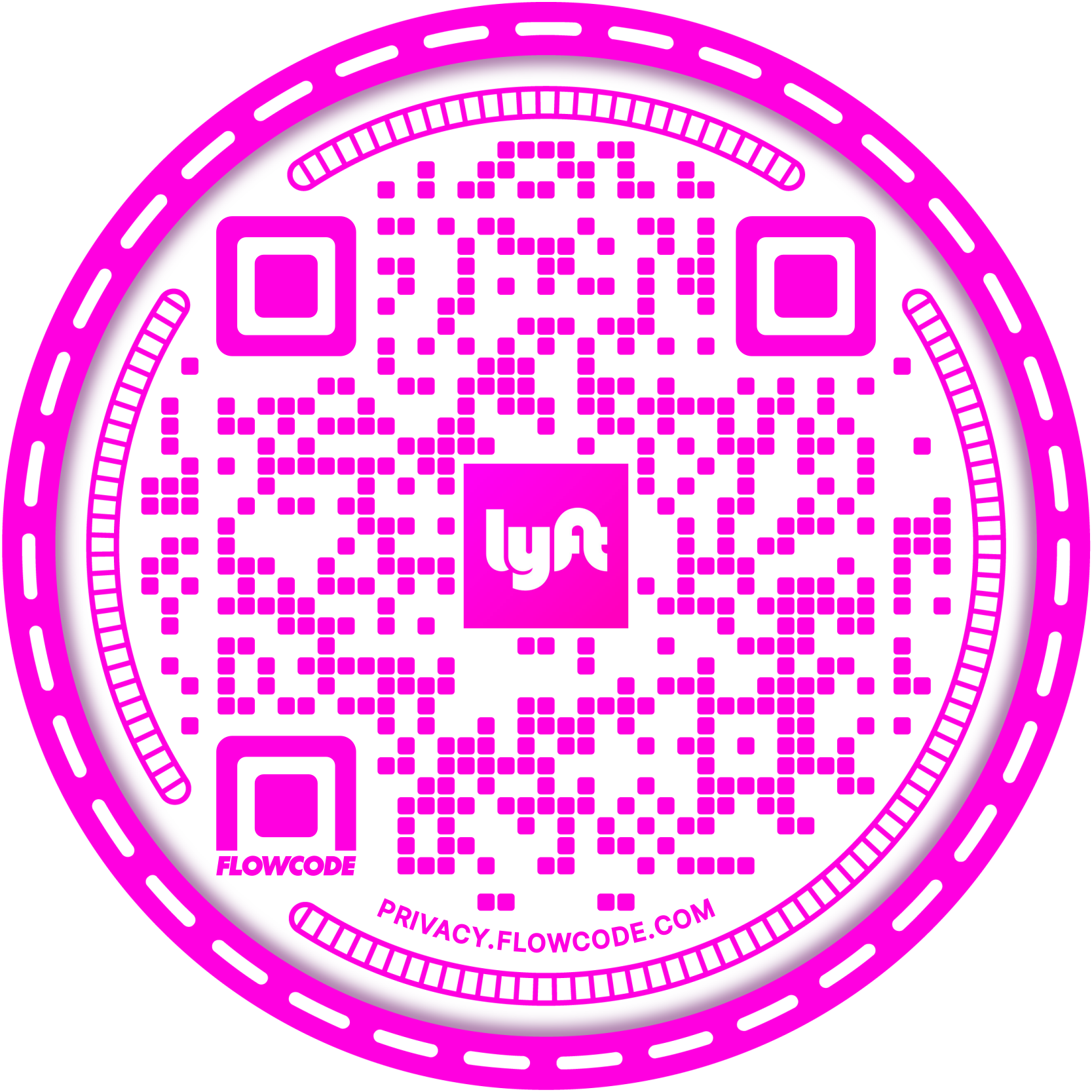
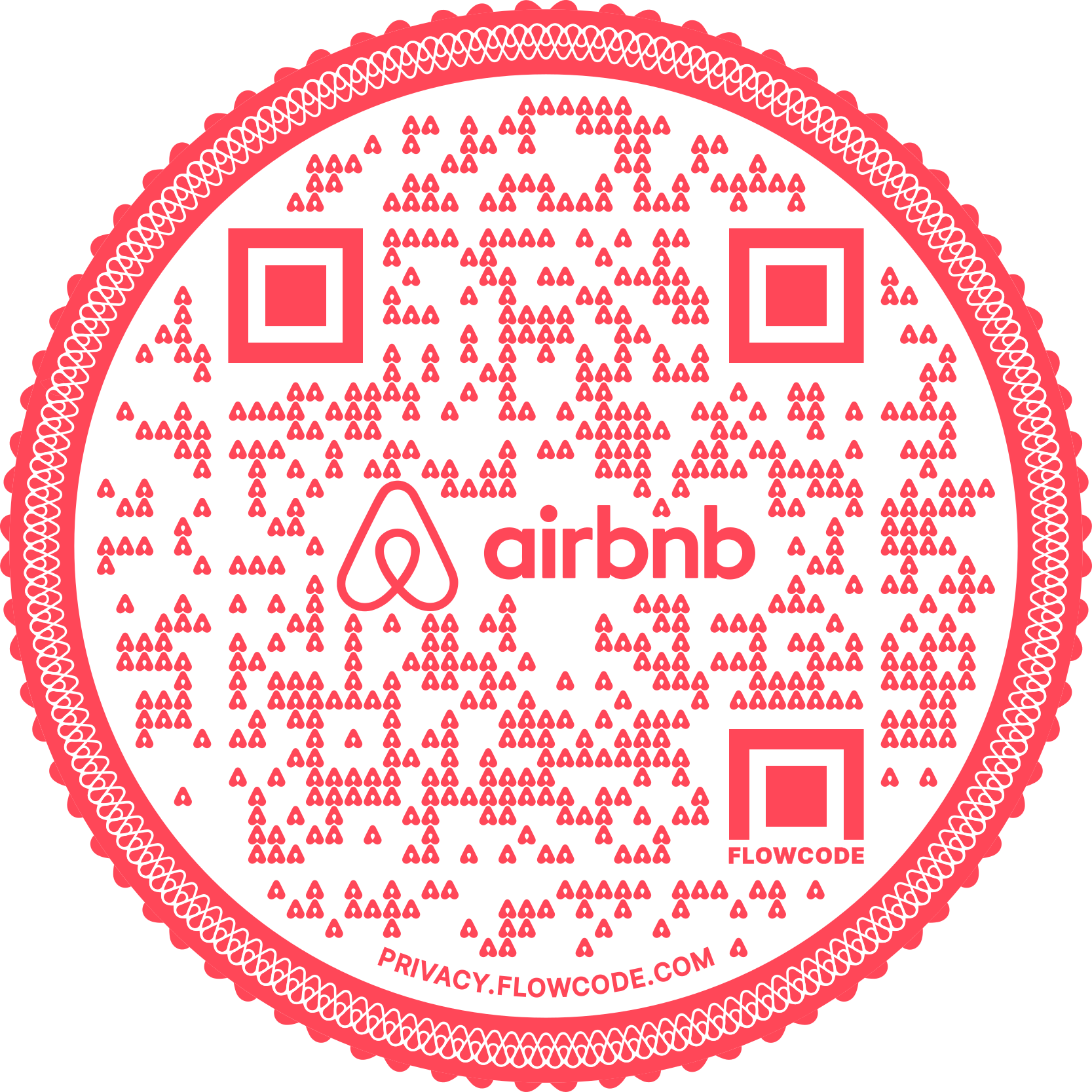
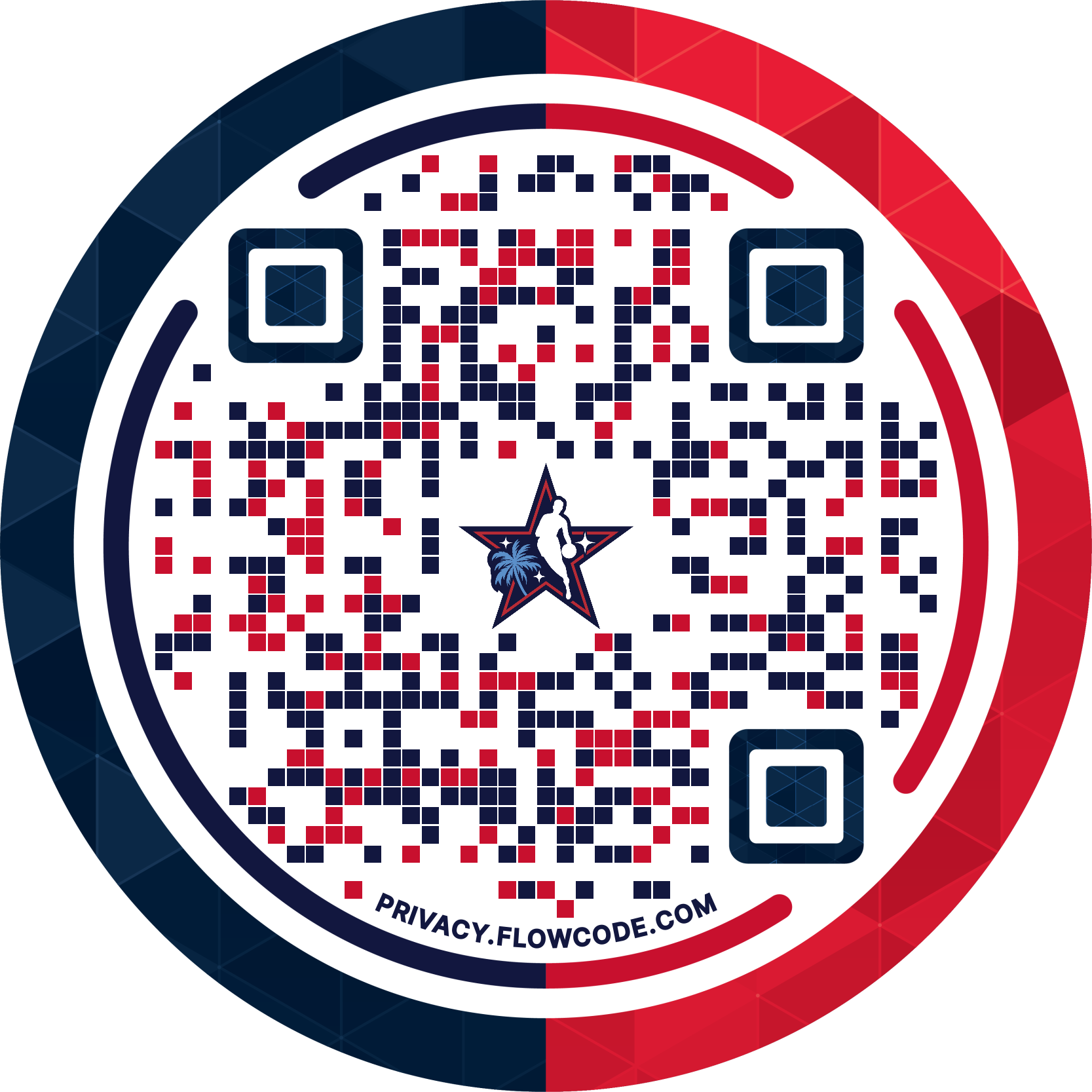
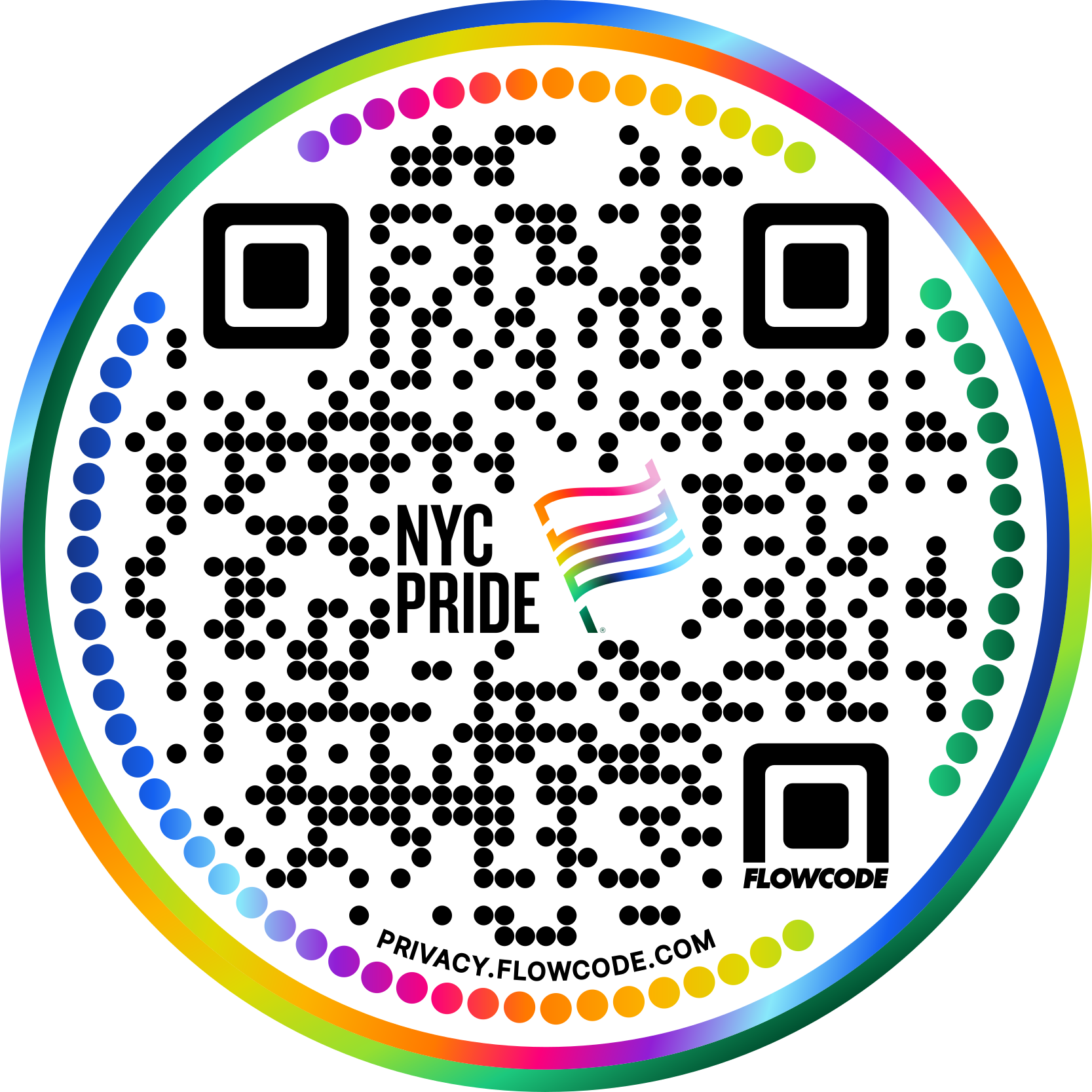


.png)


.png)
.png)
.png)

.png)

%20copy%203.png)






.png)


